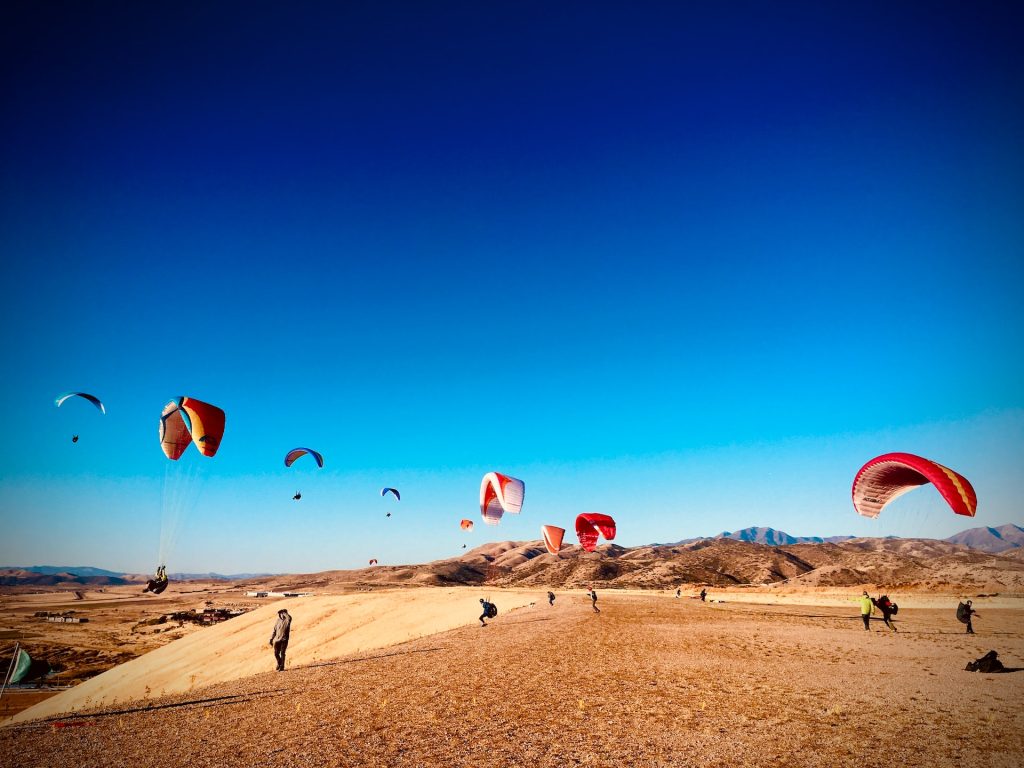Paragliding is an exciting and relatively new sport in Pakistan that has taken the world by storm. Though it originated in the 1970s, it was not until the 1990s that the sport began to take off. In Pakistan, paragliding has become increasingly popular as more people discover the thrill of soaring through the air like a bird.
In this blog, we will discuss
- What is a paraglider, and how does it work?
- How do you become a certified paraglider pilot in Pakistan?
- The best time of year to go paragliding in Pakistan
- Choose the right equipment for paragliding
What is a paraglider, and how does it work?

A paraglider is a type of aircraft that is propelled by the wind. It has no engine and relies on the wind to keep it aloft. The pilot steers the paraglider by shifting their weight and using a set of controls attached to the glider.

Paragliders are made from a fabric wing supported by metal or composite frames. The wing is connected to the pilot’s harness, which allows them to control the aircraft. Paragliders can be launched from either high ground or aircraft and land in various locations.
Paragliders are relatively easy to fly but require some training and experience to master. The best way to learn how to fly a paraglider is to take lessons from a certified instructor. Once you have the basics down, you can start exploring the sport of paragliding on your own.
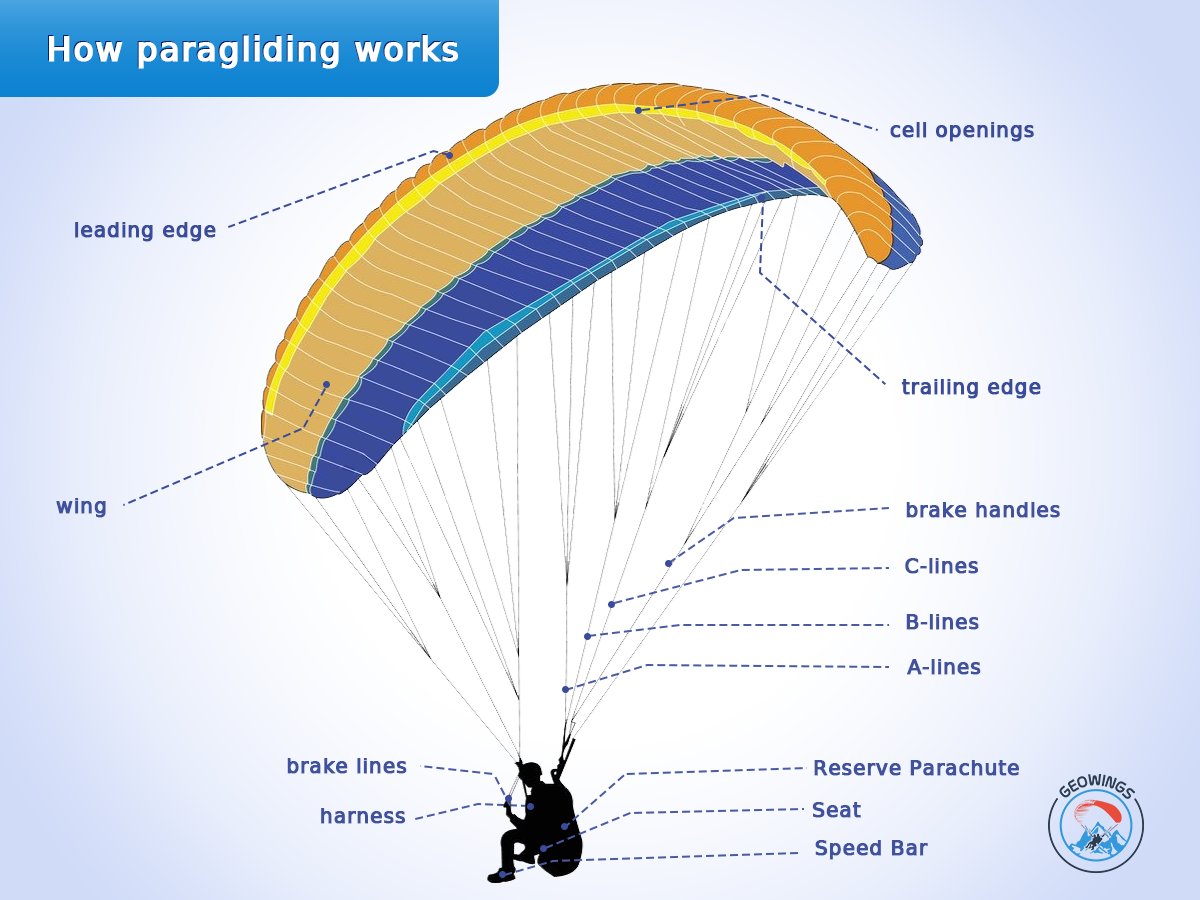
How do you become a certified paraglider pilot in Pakistan?
Paragliding Intro for Beginners
The PHPA offers several types of pilot certification, ranging from Novice to Master. Becoming certified as a paraglider pilot is relatively simple and can be completed in just a few steps.
- Complete a PHPA-approved training program from any training club or institute by a certified instructor
- Once the initial training is complete, apply for the beginner paraglider license from the PHPA.
- Pay the annual license fee. ( Beginner/Club/ Advanced Pilots = 5,000 per year, Instructor = 20000 per year, Tandem pilot = 20,000 per year).
Once you complete all these steps, you will be officially certified as a paraglider pilot! Congratulations!
The best time of year to go paragliding in Pakistan
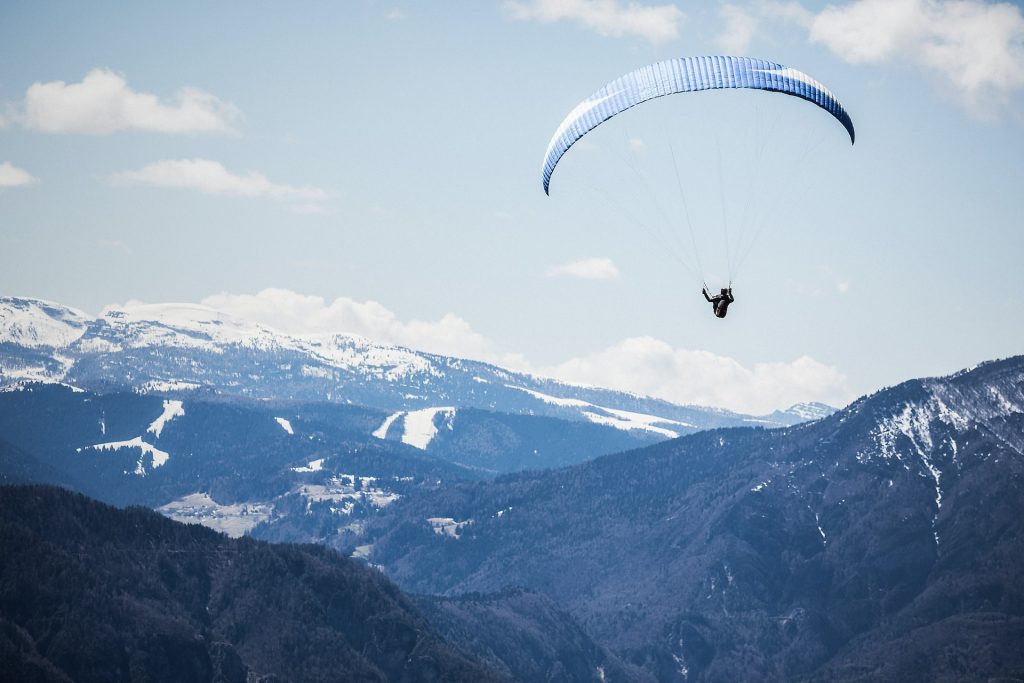
There is no definitive answer to this question as it depends on various factors, including weather conditions and personal preferences.
The best time to go paragliding in Pakistan is from October to November. These months offer the perfect conditions for a successful and enjoyable experience. The weather is cool and dry, with little wind and plenty of sunshine.
The scenery is also at its best during this time of year, with the mountains covered in snow and the valleys full of color.
Many people believe that the best time of year to go paragliding is during the spring or fall months. During these times of the year, the weather is typically more stable, and there is less chance of strong winds or thunderstorms. Additionally, the temperatures are usually more comfortable during these times of the year, making it more enjoyable to be up in the air.
Ultimately, the best time of year to go paragliding is really up to the individual and what they are looking for in a flight.
How to choose the right equipment for paragliding.
When choosing the right equipment for paragliding, there are a few key factors to consider.
The first is your experience level. Choosing easy and forgiving equipment is important if you’re starting. As you gain more experience, you can look at the equipment designed for more performance.
Second, you’ll need to consider your budget. Paragliding equipment can be expensive, so setting a realistic budget is important before shopping.
Once you’ve considered all of these factors, you’ll be able to narrow down your options and choose the best equipment for your needs.
Paragliding tools are divided into 4 main components
- The Canopy/wing
- Harness/seat with a reserved parachute
- Instrument/Vario
- Helmet
Paragliding wing

The paraglider certification is used to classify wings according to their behavior in different conditions. It is useful for pilots to be able to choose a wing that suits their level and helps to prevent flight incidents.
The paraglider certification (EN et DHV) has been implemented to sort the wings according to their behavior with a test grid performed in calm and air and reproducible conditions.
The paraglider certification is used to evaluate the pilot’s ability regarding techniques to get out of the flight domain. This allows pilots to choose a wing suitable for their level of experience and helps prevent flight incidents.
| Wing Catégory Certification | Description of the flight characteristics | Description of the piloting skills |
| ENA / DHV 1 | Beginner wings are the simplest and most user-friendly, with maximum passive safety and a relatively low-performance ceiling. | Beginner wing |
| Low ENB/DHV 1-2 | Same safety as ENA with better performance | Progression wing |
| ENB / DHV 2 | Intermediate wings are designed for pilots who have outgrown their beginner wing but aren’t ready for an advanced wing. They offer better performance than beginner wings but at the expense of some extra weight and complexity. | Intermediate wing |
| ENC / DHV 2-3 | Advanced wings are for experienced pilots looking for the highest performance possible. They are typically lighter and more agile than intermediate wings but can be more difficult to fly. | Advanced wing |
| END / DHV 3 | Competition wings are designed for racing and speed flying and are not generally recommended for everyday use. | Competition wing |
Paragliders: Weight Ranges & Wing Loading
Almost all paragliders have an officially certified weight range (CWR) that accords with their certification. The glider has been tested at the extremes of this range and found to have acceptable characteristics for the EN/LTF certification level.
Weight ranges tend to be narrower the smaller the wing. A 22m wing may have a CWR of 50-70kg (a 20kg range), while the 31m size of the same wing may have a CWR of 100-130kg (a 30kg range).
Suppose your weight is 85kg + 5kg (harness and other items)= 90kg, so from the graph, your preferred wing size is 26. company or manufacturer has its own standards of weight ranges.

You can find any suitable tool using this amazing website: Skygear Hub
This means that the glider will fly acceptably within those weight limits, but the glider’s performance may be degraded outside those limits. So it is important to choose a wing with a CWR that includes your weight plus any extra weight you might be carrying (such as a passenger or extra gear).
Paragliding harness
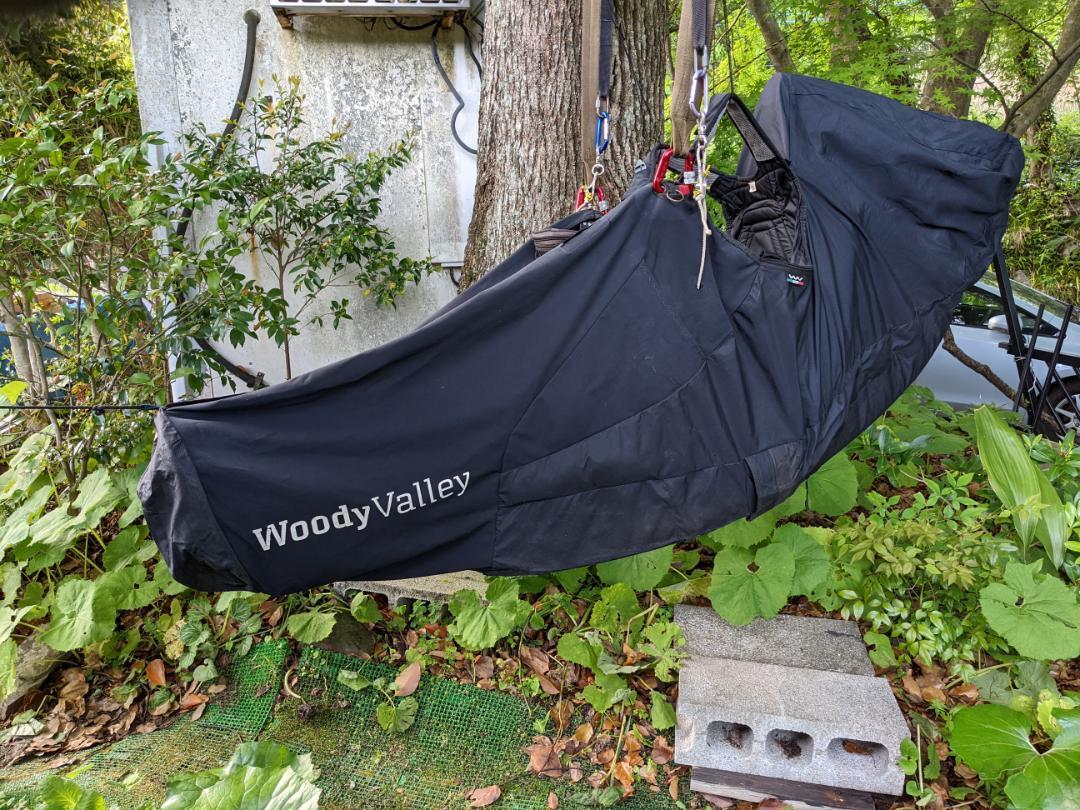 Most paragliders come with a specifically designed harness for the sport. This harness provides the pilot support and comfort while flying and helps distribute the forces evenly throughout the body. There are various types of paragliding harnesses on the market, and each has its unique set of features.
Most paragliders come with a specifically designed harness for the sport. This harness provides the pilot support and comfort while flying and helps distribute the forces evenly throughout the body. There are various types of paragliding harnesses on the market, and each has its unique set of features.
When choosing a paragliding harness, you must consider the flying you will be doing. If you are only planning on flying occasionally, then a simple and lightweight harness may be all you need. However, if you plan on more aggressive flying or competing in races, you will need a more robust one.
Types of harnesses
There are three main paragliding harnesses: the seat, pod, and tandem. Each has its advantages and disadvantages, so it’s important to choose the right one for your needs.
Seat/Standard harnesses are the most common type of harness. They are comfortable and offer good support, making them ideal for beginners and experienced pilots.
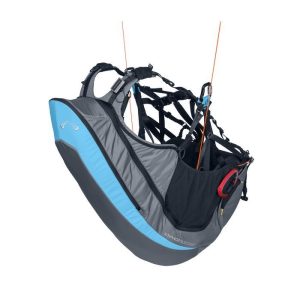
Pod harnesses are less common, but they offer a more aerodynamic design that can help improve your performance.
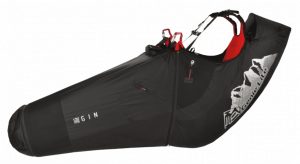
Tandem harnesses are designed for two people and offer the same benefits as seat harnesses but with twice the support.
Helmet in paragliding
A helmet is an important safety equipment for paragliders. It protects your head from impacts in the event of a crash. Many helmets on the market today are designed specifically for paragliding, offering a great deal of protection.
Some even have built-in radios so you can communicate with your ground crew. When choosing a helmet, select one that fits snugly and is comfortable. Also, ensure the helmet you choose meets the Paragliding Association’s safety standards. There are 2 main categories of paragliding helmets.
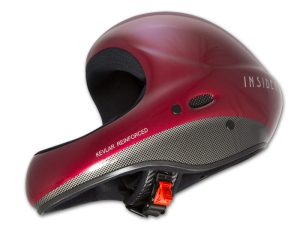
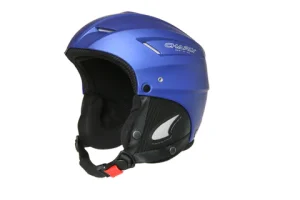
| Open face helmets | These helmets are generally cheaper for the full enjoyment of flying and are still protective. |
| Full-face helmets | Full-face helmets are very protective and generally more costly than others. |
Paragliding Instrument selection
There are a few things to consider when choosing a paragliding Vario. The first is what type of flying you’ll be doing. A basic Vario without all the bells and whistles may be all you need if you’re starting. However, if you’re an experienced pilot who wants to get the most out of your paragliding, you’ll want to consider a Vario with more features.
Paragliding Vario types
| Instrument Type | Features | Examples |
| Only Vario | It beeps when you start climbing while in flight |
|
| Alti-Vario | Alti-variometer shows your climb and descent rates, pressure sensor, and altitude pressure calculations. |
|
| Alti-Vario GPS | All functions in an Alti-Vario, plus the GPS gives you the wind directions and the ground speed to keep track of your flight.
Some advanced instruments also give airspace information and live tracking features. |
|
Conclusion
Paragliding is an adventure sport that has become increasingly popular in recent years. It involves gliding through the air using a parachute-like wing and offers a bird’s eye view of the landscape below.
We hope you have enjoyed this blog on beginning paragliding. If you have any further questions on paragliding, don’t hesitate to get in touch with me anytime. I am always happy to help, as we are passionate about paragliding. Thank you for reading, and we hope to continue to provide you with excellent blog posts like this one!
